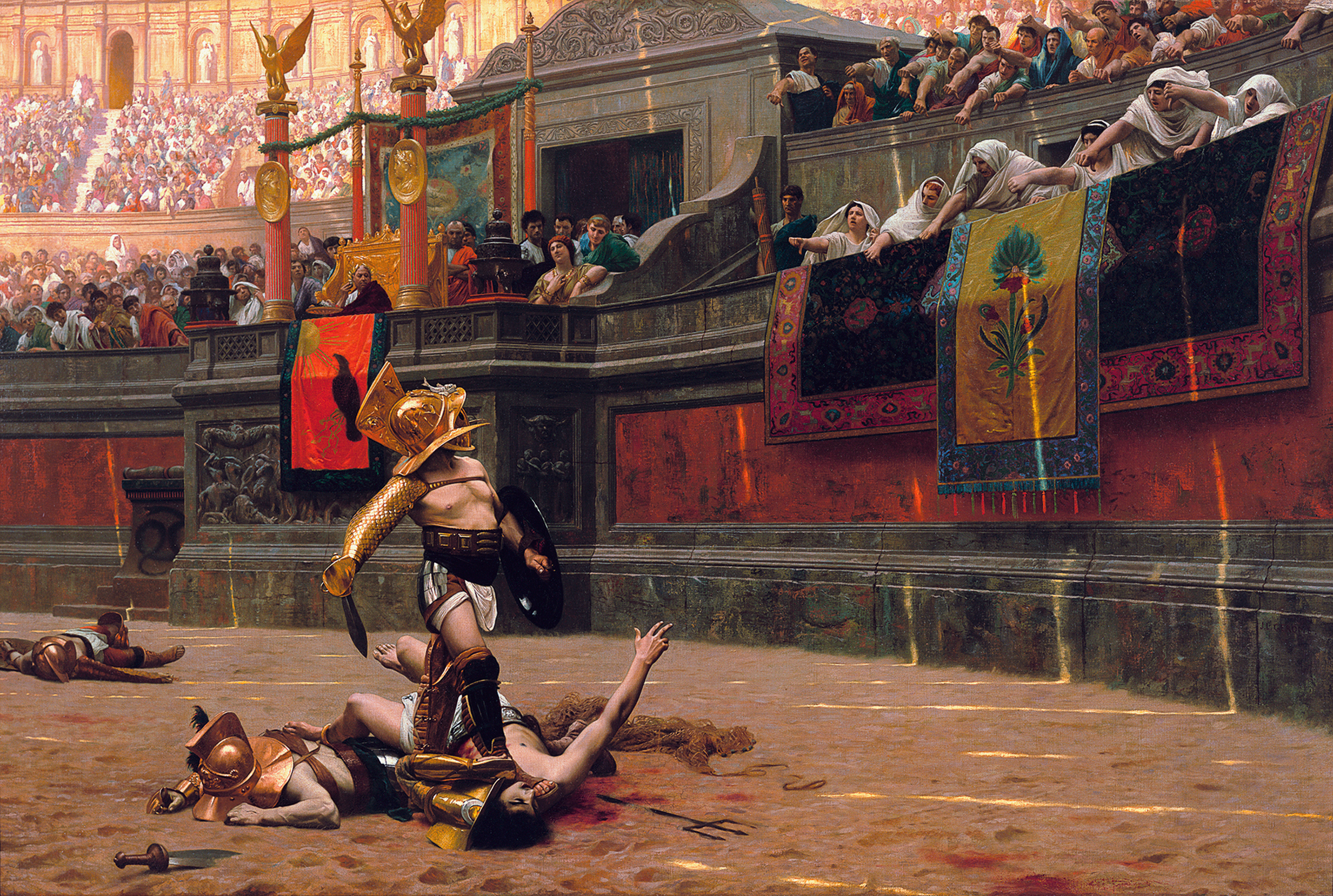“The Hobbit” is J.R.R. Tolkien’s masterpiece which has hit both the silver screen and millions of paper backs and hard backs. The book was luckily translated into Latin: “ILLE HOOBITVS.”  |
| The Hobbit in Latin |
Happy Holidays to all you Latin Lover, Latin Learners, and Latin Enthusiasts! If you find yourself with a gift card for the Holidays or with some spare time with relatives…I would recommend watching and reading “The Hobbit!”
The cover is a brilliant mosaic on the dragon Smaug, who guards a glorious treasure hoard. You can learn more on the wonderful art of mosaics; here.The book tackles some interesting difficulties from names to songs like Gandalphus for Gandalf and some interesting poetic choices for songs such as:
You can follow to the book’s Latin’s translation:
The cover is a brilliant mosaic on the dragon Smaug, who guards a glorious treasure hoard. You can learn more on the wonderful art of mosaics; here.The book tackles some interesting difficulties from names to songs like Gandalphus for Gandalf and some interesting poetic choices for songs such as:
OR
You can follow to the book’s Latin’s translation:
Frange uitra et catilla!
ulctros unde, fucas flecte!
Biblo Baggins odit illa-
nunc et cortices incende!
textum seca, sebum calca!
lactem funde cellae terra
linque in tapeto ossa!
uinum sperge super porta!
has patellas aestu laua;
has contunde magna claua;
si nonnulla sint intacta,
uolue ea e culinca!
Biblo Baggins odit illa!
caue! caue! heac catilla!
ulctros unde, fucas flecte!
Biblo Baggins odit illa-
nunc et cortices incende!
textum seca, sebum calca!
lactem funde cellae terra
linque in tapeto ossa!
uinum sperge super porta!
has patellas aestu laua;
has contunde magna claua;
si nonnulla sint intacta,
uolue ea e culinca!
Biblo Baggins odit illa!
caue! caue! heac catilla!
Now, I hope each and everyone you enjoy your Christmas with you family, friends, neighbors, and so on! Be safe and Consider starting your New Year with the Hobbit! So I will leave you with the beginning words of the novel:
In foramine terrae habitabat hobbitus.
In a hole in the ground, there lived a hobbit.
So remember, greatness can have very small beginnings. Have a safe holiday and I will see you in 2014!


























 )
) )
) )
) )
)










